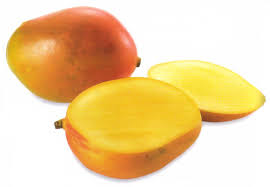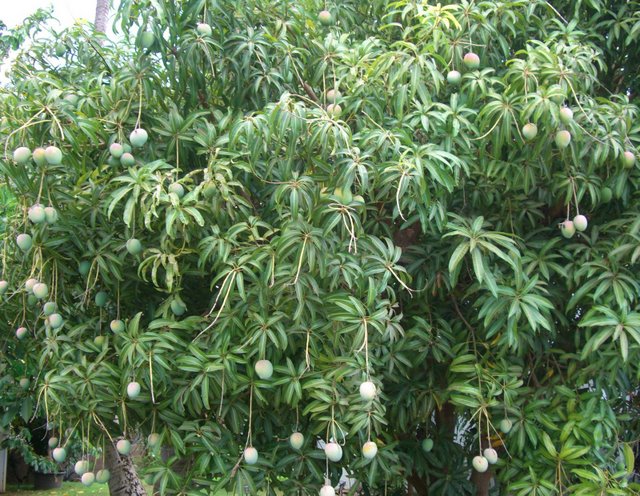
Why we Retired in Chicago
Because of whatz here:
Many of our friends
Lake Michigan
The Lyric Opera
Lake Michigan
The Field Museum
Lake Michigan
The Art Institute
Lake Michigan
Dozens of wonderful theatres
Lake Michigan
The Museum of Contemporary Art
Lake Michigan
Fourth Presbyterian Church—because of what it does to help people in the community not because of the superstition
Lake Michigan
Excellent health facilities
Lake Michigan
All the hundreds of events many of which are even completely free.
The diverse community, even though we have been reported to be the most segregated city in the U.S. (I actually doubt that.)
Lake Michigan
Wonderful food and hundreds of ethnic restaurants
Lake Michigan
Four seasons, well, 3 and 1/4th anyway. Spring usually comes (and goes) on a Thursday.
Lake Michigan
Autumn in Chicago
Lake Michigan
Escaping from Chicago in January
Lake Michigan
Sailing (okay, so 4 months is better than none)
Lake Michigan
Friends who return from Granada to visit
Lake Michigan
Chicago Cultural Center with free art exhibits, music, photography exhibits, radio drama reenactments, the Gene Siscal film library
Lake Michigan
Chicago Blues, jazz, mariachis, rap and the next best thing
Lake Michigan
Oak Street, North Avenue beaches in the summer
Lake Michigan
And
Because I can drive to the lake to go sailing in just 15 minutes.
Because we can drive to the Loop in 15 minutes and park free (most nights) to see a play, the opera or other event.
There, howz zat

